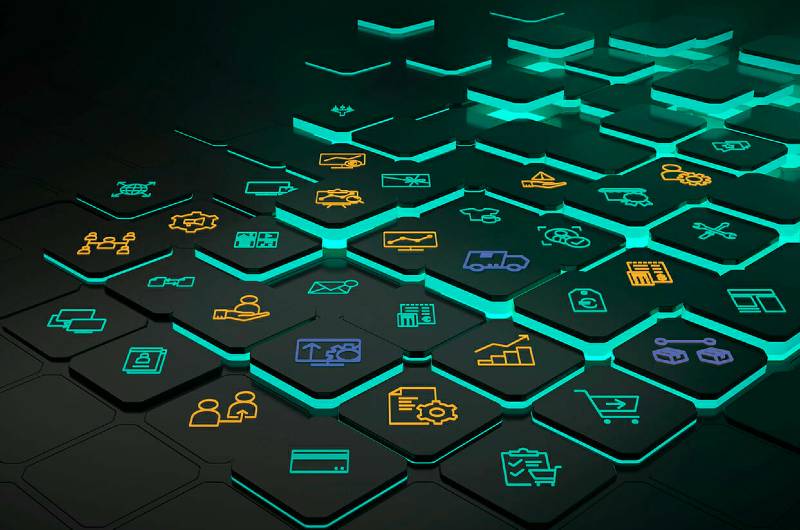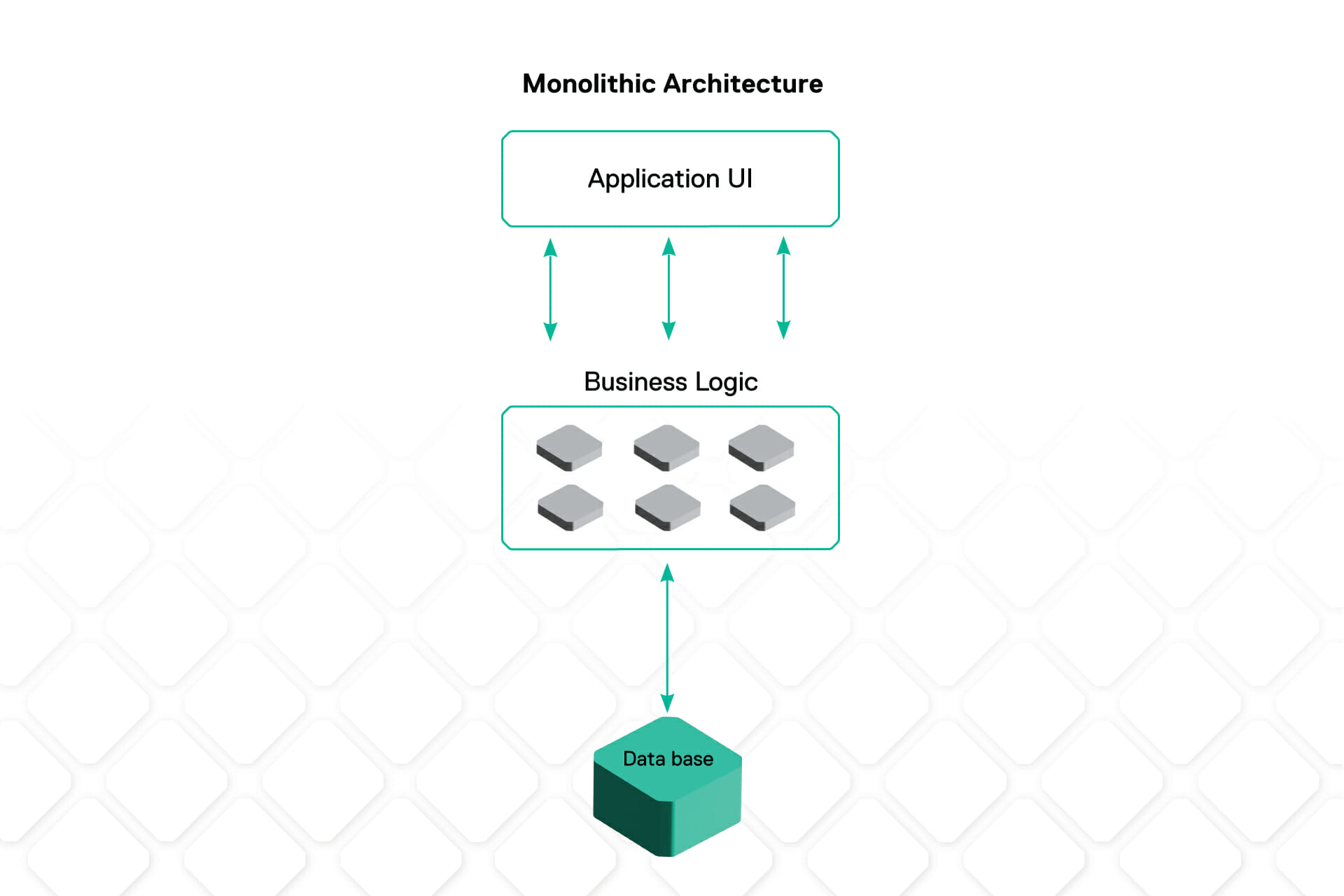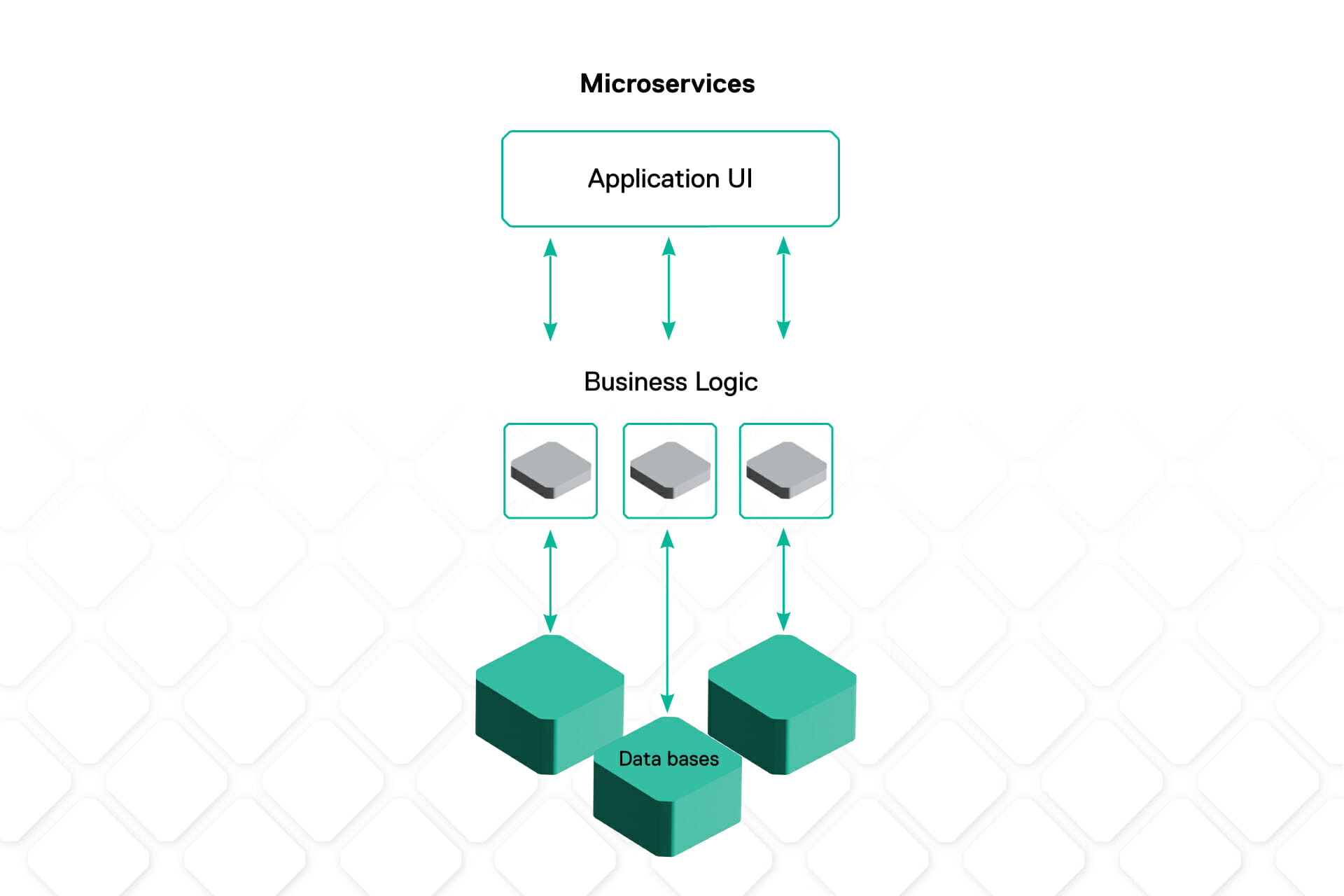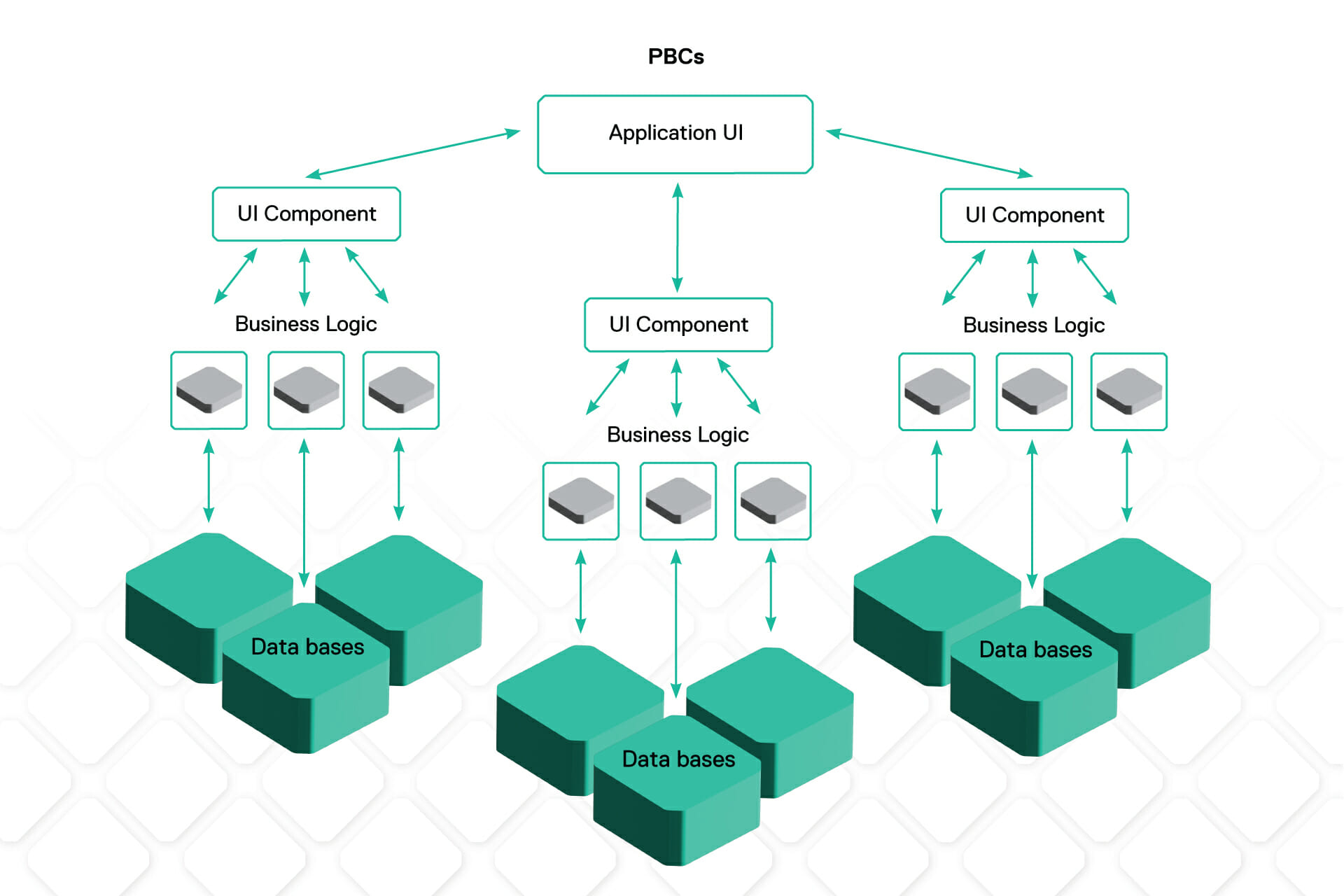Monoliths vs Microservices vs PBCs – How to Differentiate
In recent years, an agile and flexible business approach has become increasingly important. This is reflected in all areas of professional life, including through the software companies utilize. Newer, more readily adaptable and resilient platforms, such as microservices and PBCs, are now preferred over larger, off-the-shelf monolithic options. Below, we break down these three major platform types.

Jump to section
Monoliths
Microservices
PBCs
What’s next?
—
In recent years, the need for an agile business approach has become increasingly important. As customer expectations have grown and the business landscape has become less predictable, ensuring adaptability is a key objective for many corporations.
This need for speed and flexibility is also reflected in the software that companies utilize. One-size-fits-all systems no longer provide the versatility required for modern business, largely due to their limited customization and lack of features for niche use cases.
One way these new attitudes are reflected is through the move away from monolithic e-commerce platforms to microservices or PBCs. Although these terms have been in use for years, businesses without a firm understanding of their meaning are limited in successfully applying them to operations.
To help understand how these approaches can help your corporation, we’ve provided a rundown of monoliths, microservices, and PBCs below. You’ll find details of each approach, arming you with an expert overview of some of the most cutting-edge software approaches.
Monolith architecture
In a monolithic platform, software is built as a single, indivisible unit. Monolithic software is one big codebase, meaning all of its functions are managed and served in one place. This usually comprises of a client-side user interface, a server-side application, and a database.

How does this apply to an e-commerce platform?
Services – for example, product labels, product attributes, and product options – are all combined into a single program on a single platform. If the code for one service needs updating, the code for the full tech stack will also be updated.
What does this mean for your business?
Monoliths are the default way of producing applications, but they’re fast going out of fashion. These large, inflexible solutions take a lot of time and money to update, change or extend due to a number of reasons:
- With a large, intricate codebase, developers are always needed to implement system changes, locking out other company stakeholders.
- When changes take place to any part of the code, the whole code is affected and must be taken into account. This can add a lot of planning and coordination time when wanting to make updates.
- Scaling with a monolith is very difficult due to its intricacy. Oftentimes this leads to developers having to take a similar approach to when they create a new app from scratch.
- For the same reason scalability is hindered, introducing new technologies is also difficult.
- Compatibility with the whole tech stack must be considered, which adds time and money onto any potential developments.
- Updates to one section of code often mean downtime for the platform as a whole.
Despite their inflexibility, many well-known and successful companies, such as Netflix, Google, and Amazon, began operations using a monolithic codebase. However, the trend for this model has been on the decrease for some time, with the aforementioned companies switching to other models, such as microservices.
Microservices
Whilst monolithic architecture is built on a single, unified codebase, microservice platforms split an application into smaller, independent, loosely coupled components. Each of these components is a microservice and undertakes its specific, individual, and granular process separately.

How does this apply to an e-commerce platform?
Services – product labels, product attributes, and product options, as used in our previous example – are all independent but loosely coupled on the same platform. If one service needs updating, the update can take place to that specific service alone without affecting the functionality of other services.
What does this mean for your business?
Microservices are much more flexible than monoliths as each service can be extended, updated, or modified without altering the other services in the platform. Like monoliths though, they can require substantial time and effort when implementing developments:
- Microservices create complexity. This is a different kind of complexity compared to monoliths, but complexity all the same. A platform can be made of dozens or hundreds of different services all needing to communicate securely. The connection between each module and database has to be chosen and established and these connections have to be handled very carefully.
- Microservices only perform a specific task which is often quite small in scope. Although it is easier to extend out individual microservices, several may need to be extended to fully create a new function.
- Although they offer more flexibility than monoliths, microservices still require substantial time and effort to alter and extend them.
Due to their independent components, microservices fall under the composable commerce paradigm. This paradigm supports the selection of best-of-breed components and ‘composing’ them into a specific application that aims to deliver a specific business need.
Individual microservices are not the only way composable commerce can be achieved, with well-defined collections of microservices and functionalities combining to create Packaged Business Capabilities, or PBCs.
PBCs architecture
As the name PBC suggests, Packaged Business Capabilities target well-defined, specific business tasks and are built around providing a specific business function. They are formed of collections of functionalities that communicate via APIs. PBCs differ from microservices, which don’t often serve a recognizable business capability.

How does this apply to an e-commerce platform?
Groups of services – returning to our previous examples of product labels, product attributes, and product options – are coded as a bound collection, creating a PBC. In our case, this PBC would be Product Information Management (PIM).
What does this mean for your business?
Where monoliths are inflexible and microservices can be time-consuming and complex, PBCs find a sweet spot between the two where composability and agility combine:
- Due to each PBC showing a clear business value they enable cross-functional decision making. Stakeholders outside of tech teams can decide on which PBCs should be utilized or swapped into the overall system.
- PBCs can easily be exchanged or swapped out for other PBCs from third-party vendors.
- The speed of initial setup is increased when working with PBCs, allowing a collection of services to be deployed as an intact unit. This accelerates scalability and time to market, simplifying the integration of new components.
- As they target specific business capabilities, PBCs are a quick-fire way to address common business problems. More specific PBCs can also be constructed using a mix-and-match approach.
What’s next?
As the above demonstrates, PBCs, as offered by Spryker, offer a compromise between traditional monolithic architecture and granular microservice applications. When correctly handled, they provide the right amount of flexibility and agility highly sought after in today’s competitive business landscape.
PBCs are also largely seen as a forward-thinking business approach. Working hand-in-hand with composable commerce and suiting contemporary attitudes to team structures, Gartner predicts that 30% of digital commerce organizations will use PBCs to construct their application experiences by 2024.
Due to these benefits, PBCs also cut down on in-house resources, meaning teams outside of tech can hold more of a stake in the development of digital products.
Would you like to learn more about PBCs and Composable Commerce? Check our Expert’s Guide to Composable Commerce!